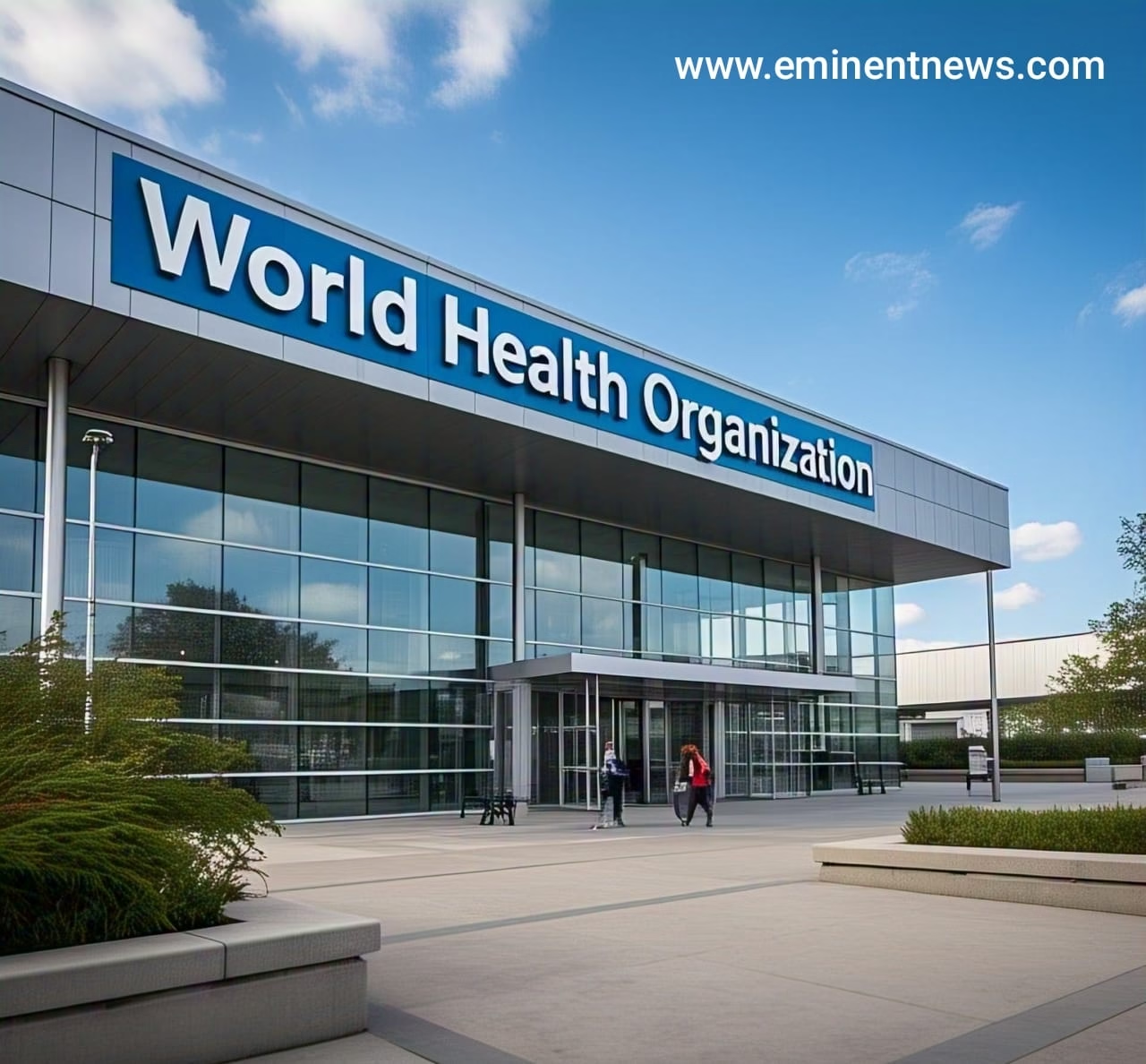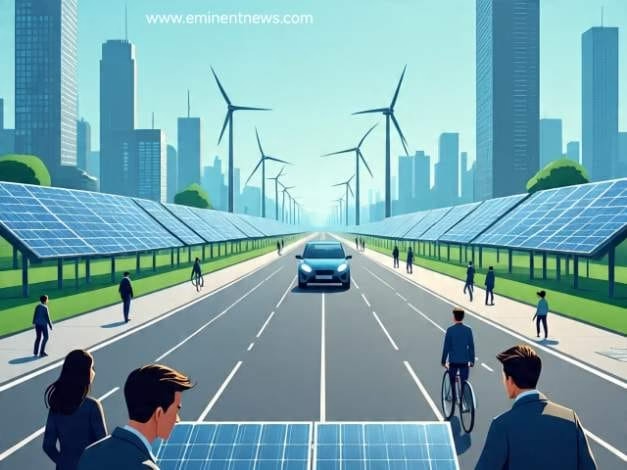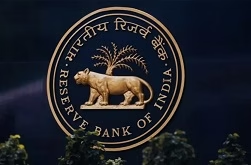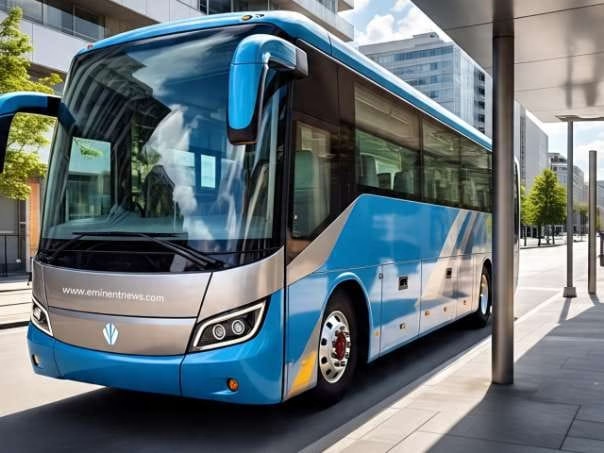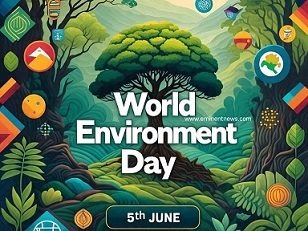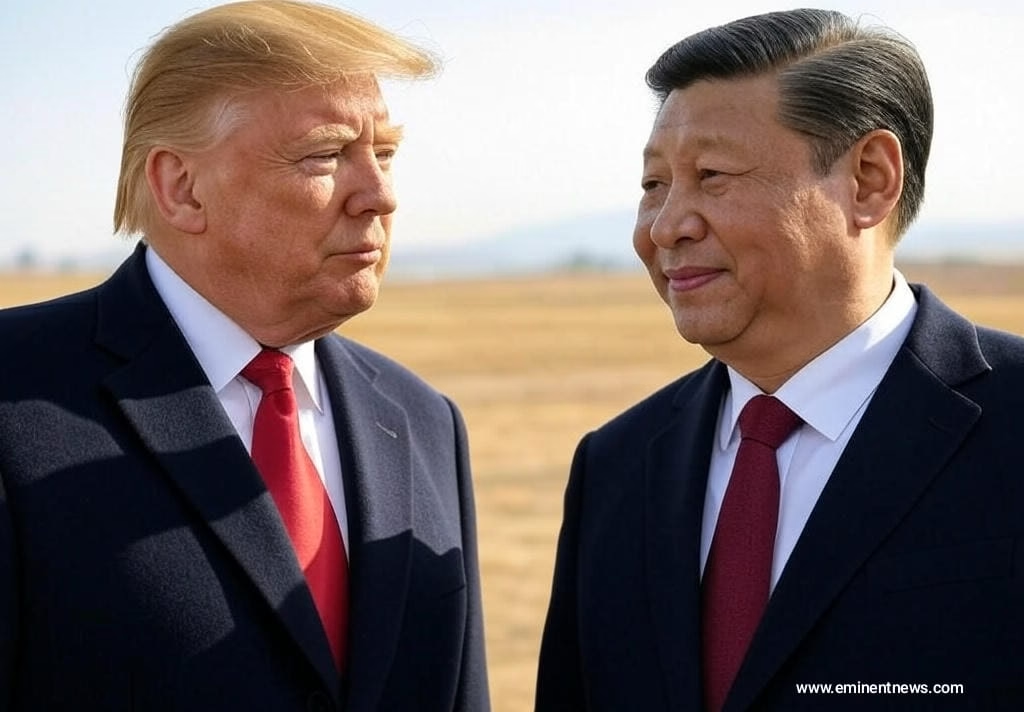The “generational accord to make the world safer” refers to the WHO Pandemic Agreement, a draft agreement developed by WHO Member States to strengthen global collaboration on pandemic prevention, preparedness, and response .
Key aspects of the WHO Pandemic Agreement:
- Objective: To create a safer world by improving the prevention, preparedness, and response to future pandemic threats .
- Development Process: The agreement was drafted by the Intergovernmental Negotiating Body (INB), established in December 2021 .
Key Proposals :
- Pathogen Access and Benefit Sharing System: Establishing a system for sharing pathogens and ensuring equitable access to benefits arising from them .
- One Health Approach: Taking concrete measures on pandemic prevention through a One Health approach .
- Research and Development: Building geographically diverse research and development capacities .
- Technology Transfer: Facilitating the transfer of technology and related knowledge for the production of pandemic-related health products .
- Health Workforce: Mobilizing a skilled, trained, and multidisciplinary national and global health emergency workforce .
- Financial Mechanism: Setting up a coordinating financial mechanism .
- Preparedness and Readiness: Strengthening preparedness, readiness, and health system functions and resilience .
- Global Supply Chain: Establishing a global supply chain and logistics network .
- Sovereignty: Affirming the sovereignty of countries to address public health matters within their borders .
- Consideration by World Health Assembly: The proposal will be submitted to the World Health Assembly in May for consideration .
- Director-General’s Statement: WHO Director-General Dr. Tedros Adhanom Ghebreyesus stated that the agreement demonstrates that multilateralism is alive and well and that nations can work together to find common ground and a shared response to shared threats .
- Co-Chair’s Views: INB Co-Chair Ms. Matsoso emphasized that the agreement aims to increase equity and protect future generations from the suffering and losses experienced during the COVID-19 pandemic .
- In summary, the WHO Pandemic Agreement, referred to as a “generational accord,” seeks to create a safer world by strengthening global collaboration on pandemic prevention, preparedness, and response. It addresses various aspects, including pathogen sharing, research and development, technology transfer, and health workforce mobilization, with the goal of ensuring a more equitable and effective response to future pandemic threats .
specific measures does the WHO Pandemic Agreement propose :
The WHO Pandemic Agreement proposes a range of concrete measures aimed at strengthening global pandemic prevention, preparedness, and response . These measures cover various aspects, including pathogen access, prevention strategies, research and development, technology transfer, workforce mobilization, financial coordination, and supply chain logistics .
Some Specific Measures Proposed:
- Pathogen Access and Benefit Sharing (PABS) System: Establish a system for facilitated access to pathogens and ensure fair and equitable sharing of benefits, such as vaccines and treatments, arising from their use .
- One Health Approach: Implement concrete measures for pandemic prevention, integrating human, animal, and environmental health . This involves addressing the root causes of pandemics, such as deforestation and wildlife trade .
- Research and Development (R&D): Build geographically diverse research and development capacities to accelerate the development of vaccines, diagnostics, and therapeutics .
- Technology Transfer: Facilitate the transfer of technology, knowledge, skills, and expertise for the production of pandemic-related health products, particularly to developing countries . This aims to increase local production capacities and reduce reliance on external sources .
- Health Emergency Workforce: Mobilize a skilled, trained, and multidisciplinary national and global health emergency workforce, ensuring adequate staffing and expertise during pandemics .
- Coordinating Financial Mechanism: Set up a coordinating financial mechanism to mobilize resources for pandemic preparedness and response, ensuring equitable access to funding .
- Preparedness and Readiness: Strengthen preparedness, readiness, and health system functions and resilience, including early warning systems, surveillance, and laboratory capacity .
- Global Supply Chain and Logistics Network: Establish a global supply chain and logistics network to ensure the availability and equitable distribution of essential medical supplies, such as PPE, diagnostics, and vaccines .
- Commitment to Equity: Ensure equity in access to pandemic countermeasures, including vaccines, personal protective equipment, information, and expertise .
- Global Preparedness and Response Arrangements: Improve global preparedness and response arrangements, including at the human-animal interface, to anticipate and prevent future pandemics and address them more effectively .
- Sustainable Funding: Ensure sustained and predictable funding for health emergency preparedness and response, including from domestic budgets, to support preparedness measures .
- In summary, the WHO Pandemic Agreement proposes a comprehensive set of measures to strengthen global pandemic prevention, preparedness, and response. These measures aim to address key gaps identified during the COVID-19 pandemic and ensure a more equitable and effective response to future health emergencies .

